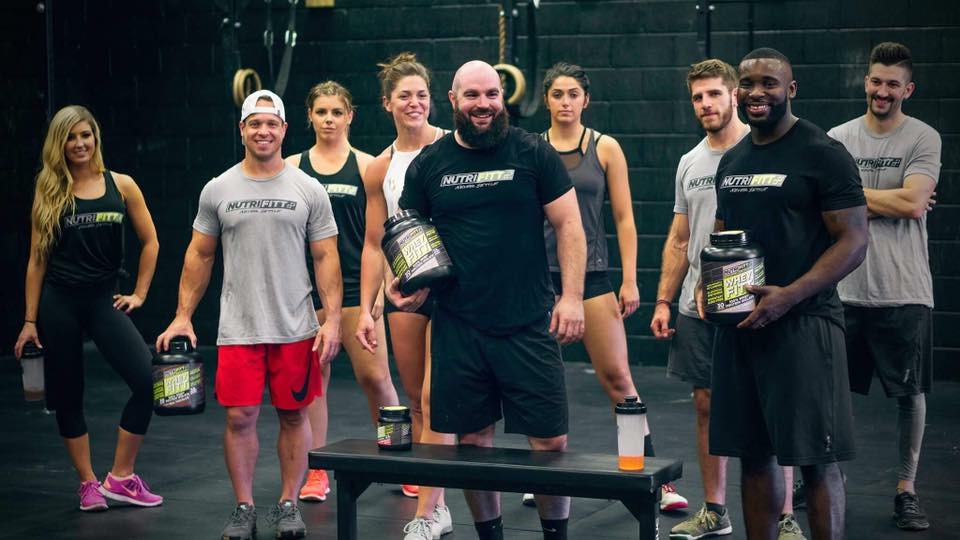How to Set Realistic Fitness Goals
Goals are an important thing, without a defined purpose behind all the hard work, motivation
and performance can diminish. The most important is that these goals are realistic: the body
needs consistency and commitment, but mostly time, so that it can chance. Change takes time, patience, focus and smart-work.
It can take about 4 weeks of regular, consistent workouts to actually gain strength. There are also, a lot of personal factors involved in setting realistic fitness goals. For example, your current lifestyle will shape your goals and help you understand how much time and progression you will need to reach your goal.
Here are some factors to consider when goal setting:
What is your current lifestyle?
How frequently can you commit to workout?
Are you able to prepare all of your meals and stick to your proposed diet?
How to Begin
To begin your goal setting process, the first question to figure out, is what you’re trying to accomplish. Once you’ve clearly defined this, you can then start to set your short-term goals. One easy way to do this, is to break down large goals into manageable steps during a certain time – this will help you keep motivated and create a habit. It will also allow you to track your progress over time so you can see all the changes. Tracking and recording your process also allows for time to rest, recover and re-evaluate.
Overall – it’s important to be sensible to your body.
Goal Setting Tips:
Be S.M.A.R.T.
Specific:
Your goal should clearly state what you want to do. The more exact, the better.
Measurable:
It’s important that you have a measurable variable in mind when setting
your goals. Record goal numbers and track your progress.
Attainable:
It’s absolutely vital that your goals are realistic and that they can actually be
accomplished.
Relevant:
Whatever you decide to work toward needs to fit in with your other pursuits
and lifestyle.
Time-bound:
Have a deadline. This will give you an extra boost of motivation and a clear stopping point to work toward



